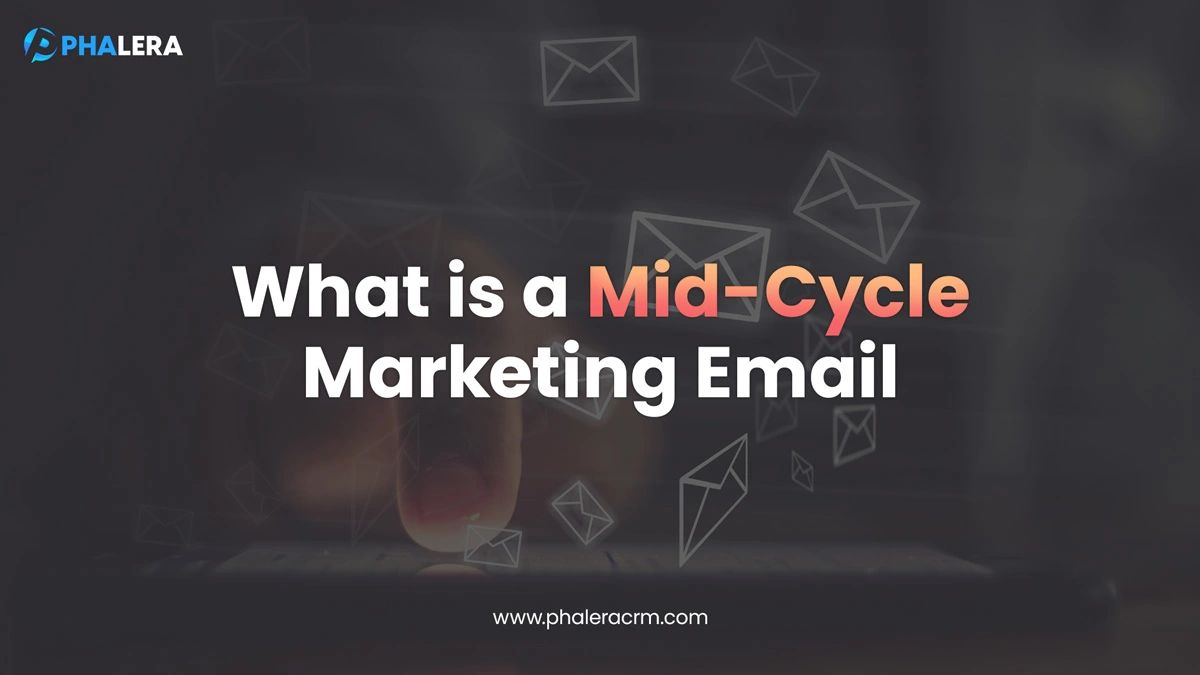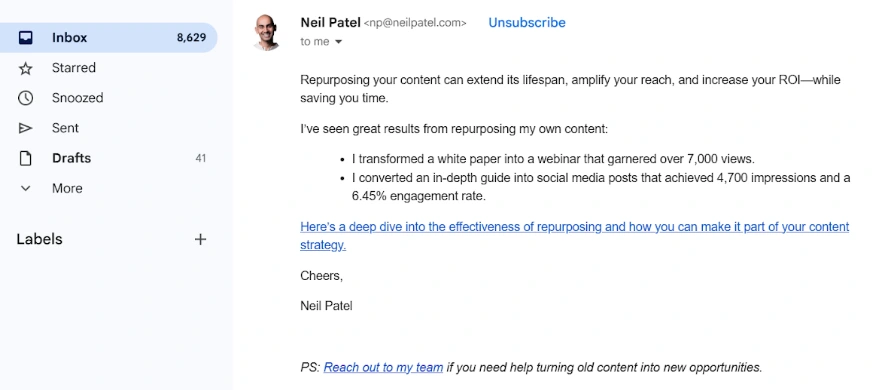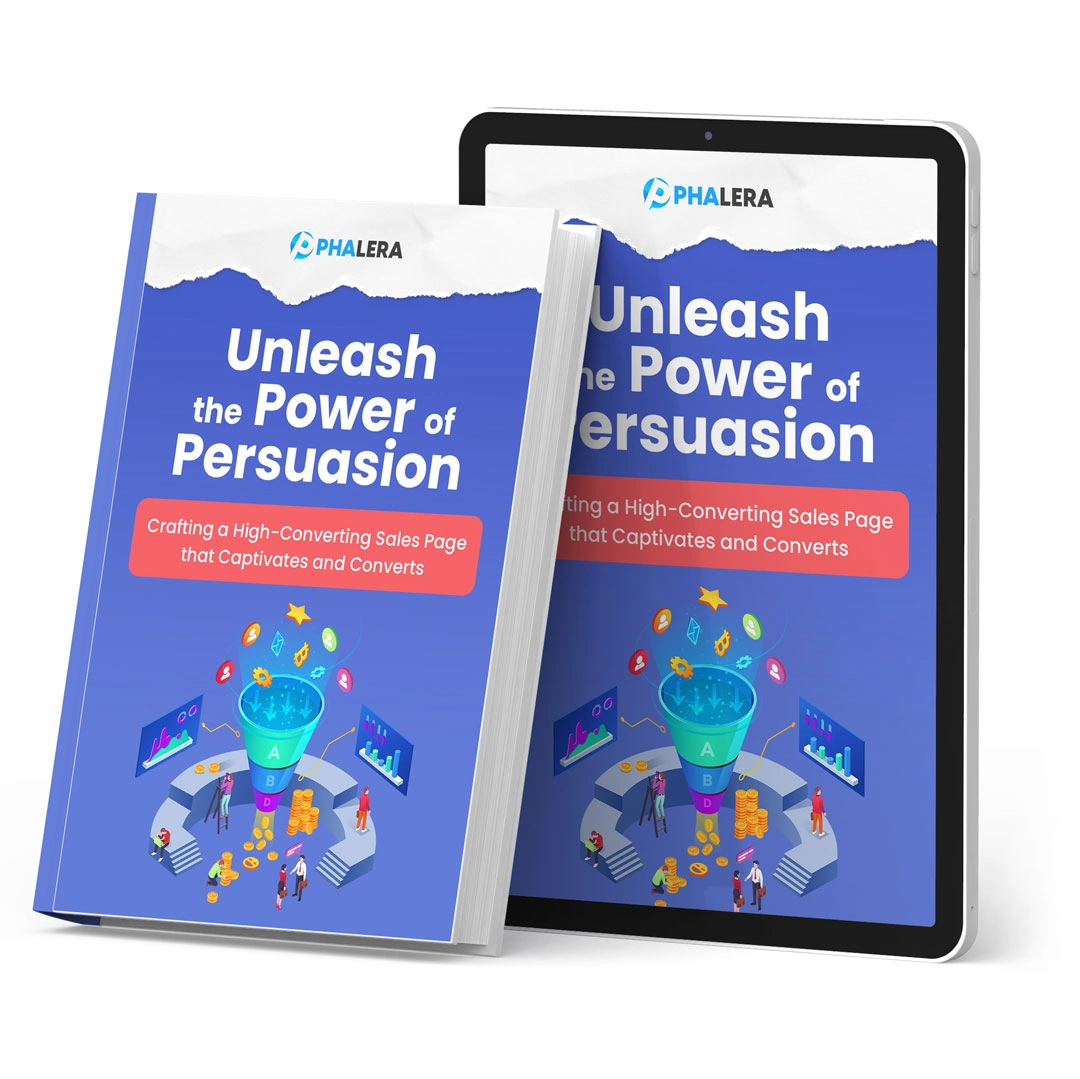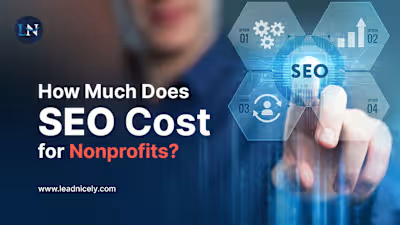What Is a Mid-Cycle Marketing Email?

Leads need to be nurtured — especially at the consideration stage of the buyer’s journey, where they’re stuck between you and your competitors.
That is where mid-cycle marketing emails come in.
These are targeted messages sent to potential customers who are hesitant about your offering. They nurture their interest and eventually encourage them to make a purchase. However, without a clear understanding of this email’s purpose, subscribers might opt out of your email list or lose interest in your brand.
To avoid costly mistakes, stick around to learn what a mid-cycle marketing email is and how to craft one to get the desired results.
Table of Contents
What Is the Role of Mid-Cycle Marketing Email in the Customer Journey?

A mid-cycle marketing email is a type of email content sent to leads at the consideration stage of the buyer’s journey. It bridges the gap between awareness and decision-making and moves leads down the sales funnel, encouraging them to become customers of your brand.
These prospects are nearly ready to purchase your products but are still skeptical and need additional information to be convinced of your services.
Here are some additional functions of this email:
Nurturing relationships with your audience: Mid-cycle marketing emails maintain relationships by keeping your brand and product top-of-mind. They're regular reminders that you exist and are still available to handle their challenges.
Positioning your product as the better option for your competitors: Leads at this stage are also researching your competitors. So, regularly send communications that highlight your USPs and advantages. They'll compare features and benefits and pick your product if you're convincing enough. But you must to send these emails to make that happen.
Converting leads to paying customers: Once someone joins your email list, whether through a webinar signup or ebook download, it's your job to move them down the sales funnel. Your email subscribers won't switch from leads to customers if you do not convince them that it is in their best interest to do so. Show them this by consistently highlighting the strengths of your services.
Types of Mid-Cycle Marketing Emails

Prospects in the middle of the buyer journey need regular interaction with your content to become customers eventually. These are some of the emails you can send at this time:
Educational content: These are blog posts, how-to guides, and industry reports that address a particular buyer's pain point. This positions your brand as an authority in your niche, encouraging them to visit your website for valuable information frequently.
Social proof: Show new leads what your product can do through case studies, success stories, and testimonials. Such social proof emphasizes what your brand has done for others, suggesting to new leads that you can do the same for them.
Comparison pieces: How well do you stack up against the competition? What are your unique features? Show why your offering is the best.
Polls and surveys: These emails gather information about your potential customers, their needs, and what kind of content they would appreciate. It can also help you generate lots of follow-up email ideas to engage your audience further.
Key Elements of an Effective Mid-Cycle Marketing Email
Though email marketing has its challenges, there are basic requirements you can follow to get the best results. Disregarding these best practices could make your audience lose interest in your offerings, opt out of your subscriber list, or move you to their spam inbox. So, take note of the following when drafting content for this stage of your campaign:
Readability
Readability is crucial for any marketing piece. Your readers don’t have the time or patience for complex walls of text. So, while drafting content for your mid-cycle campaign:
Use simple, comprehensive language.
Write in brief paragraphs of two to four lines.
Keep content scannable by including bullet points and white spaces between paragraphs.
CTAs
Do you want your readers to book a demo, explore your product’s features, or register for a webinar? Include a CTA in your email to encourage readers to take action. Here’s a good example from one of Neil Patel’s marketing emails, clearly urging leads to reach out to his team if they need help with content repurposing:

Engaging Subject Lines
Your prospects receive thousands of marketing emails daily from brands. Crafting a top-tier subject line is the only way to stand out in their inbox. Email subject lines should be catchy and naturally pull reads into your content. Even if the rest of your mail is spectacular, your recipients will never know if the first point of contact is subpar.
The solution?
Devote extra time to craft compelling subject lines.
Consult your inbox and take inspiration from brands with subject lines that capture your attention.
Create a list of them and replicate their structure for your next campaign.
Personalization
The key differentiator between marketing emails and other forms of marketing is personalization. You are speaking directly to leads through a personal medium, their email— not via a Google search or a random interaction on social media. So, your approach has to be personalized to their unique needs, experiences, and even their names.
Address recipients by their first name: A "Hey, Meg" is far more effective than simply saying "Hey."
Categorize leads by their interests and behavior: Monitor user interaction with previous messages and website pages and send targeted emails that would resonate better with them. Subscribers who abandoned their checkout cart will be more receptive to emails encouraging them to continue their purchase than those who don't interact with your product pages as frequently.
Frequency
Share content frequently, but not too much that your audience is forced to move you to their spam folder or unsubscribe. A common rule is to share emails biweekly. This ensures they are not flooded by your messages but remain engaged with your brand till they eventually make their first purchase.
FAQs
When should I send mid-cycle marketing emails to my subscribers?
Why are mid-cycle emails important in an email marketing strategy?
The Final Word
Your subscribers won’t opt for your products on their own. They must be reminded, convinced, and led to your checkout cart through impactful content. That’s why mid-cycle marketing is crucial.
If you have leads interested in your product but are still skeptical, sending targeted emails can help drive the desired sale.
Need help with your email marketing campaigns? Phalera is here to help. Phalera is a holistic CRM offering everything you need to generate leads and convert them into paying customers.
Book a demo now to learn how we can help you scale your email marketing efforts.
UNLEASH THE POWER OF PERSUASION
Crafting a High Converting Sales Landing Page that Captivates and Converts
Online sales are the lifeblood of businesses, but few know how to turn casual browsers into enthusiastic buyers – the difference is a landing page that compels action!
Get the science behind sales conversion with proven strategies behind sales conversion with proven strategies, psychological triggers, and actionable techniques.

Like this project
Posted Apr 2, 2025
A mid-cycle marketing email is a message sent to leads at the consideration stage of the buyer journey to guide them further down the sales funnel.
Likes
0
Views
8






